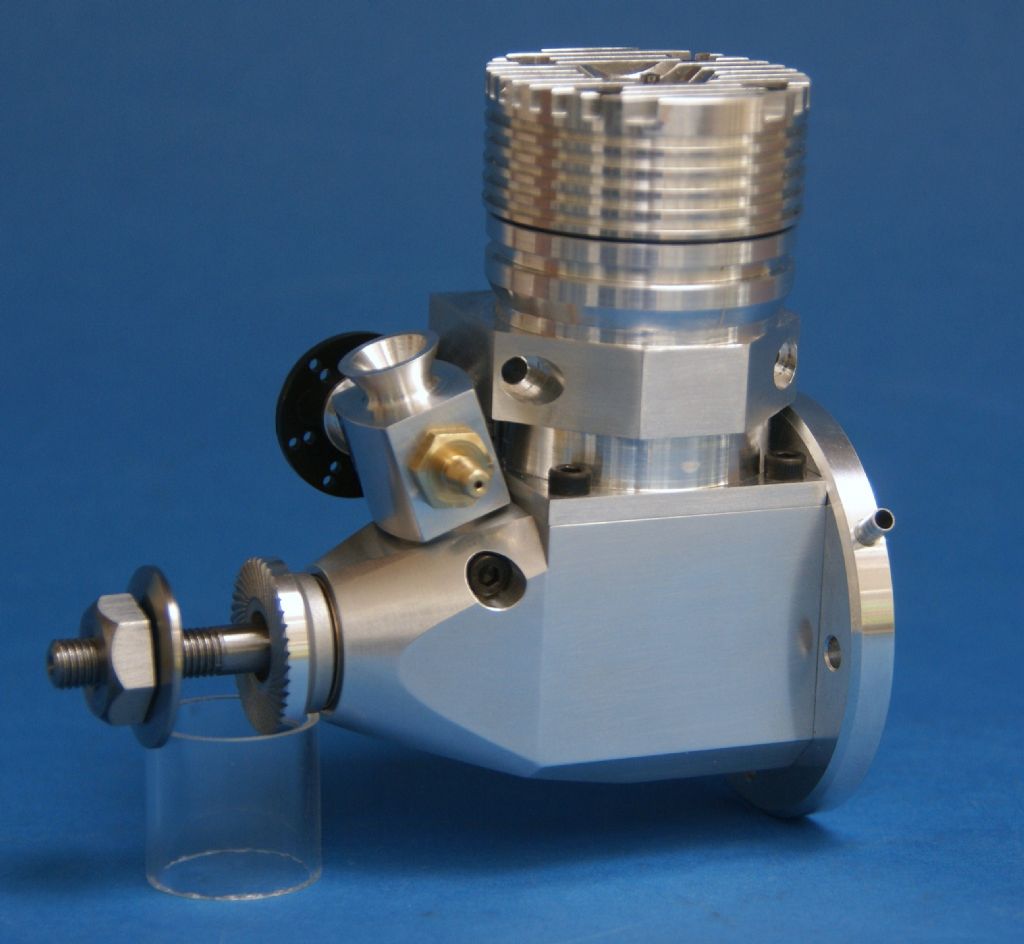If you want a good combination of strength, moderate ductility (10% to failure or so), good machinability, adequate corrosion resistance, good weldability etc., then 6082 is the one to go for. Aluminium's come in different grades. 6082-T6 can be anodized but does not look as good as the much weaker 6061 or somewhat weaker 6063 aluminium. In the 6xxx series the stronger it is, the worse the look of the anodizing.
The 6xxx series can be heat treated and naturally/artificially aged (not at home, it's too difficult) to a series of different tempers. The tempers of interest are (simplified, as there are pages & pages I could write, but it would bore both you & me & neither of us would be enlightened further)
'O' = annealed,
'M' = no one knows, just as it came out of the extruder/rollers
T2 = 1/4 hard
T4 = 1/2 hard
T6 = Full hard & is the one you should use if possible. This is also known as 'Heat treated & artificially aged'. If tou weld 6082-T6, then the heat affected zone becomes the same strength as the -T4 condition, so approx. a 50% strength reduction.
For home use, if you see a designation -T6511, don't bother with the numbers after the T6 as it doesn't make a whole lot of difference unless you are after the last scintilla of performance,
If you are desperate for strength and can cope with brittleness, stress corrosion and other unpleasant stuff, then 7075-T6511 in that specific temper (important because the plain T6 temper is very, very prone to stress corrosion cracks even in apparently benign environments) – but do a thorough investigation of the material first so you know what nasty's you are letting yourself in for. None of the 7xxx series are weldable without great care, and even then weld cracking is VERY likely.
If using the alloy in sea water without anodizing or paint, then use 5086-H8. This is an alloy that cannot be heat treated, but can be work hardened, with the H8 indicating full hard, H6 3/4 hard, H4 half hard etc. I have seen this alloy used on boats that service the Great Barrier Reef tourist trade in the unpainted condition. Good stuff, but a bit weaker than 6082-T6 and a bit more expensive.
For use in fresh water without anodizing or paint, 5083-H6 or -H8 is suitable – it's cheaper than 5086 but has less corrosion resistance.
Both 5083 and 5086 are mig weldable.
For casting alloys, the ductility is catastrophic. Most have a maximum ductility to failure of 4%, with 1% being common. Basically it'll shatter before you have any warning it's in distress. For home casting LM4 and LM6 are the ones to go for. LM4 is a bit claggy when machining, and LM6 is worse. LM6 is the more marine friendly, but both need protection from salt water. LM6 is the more expensive.
Regards,
Richard
Ady Wilson.







